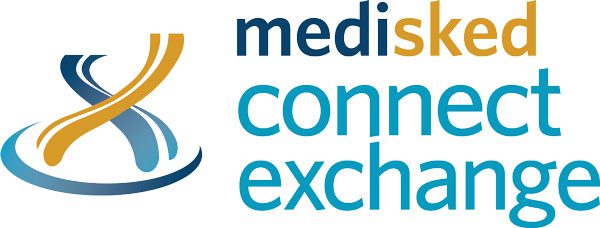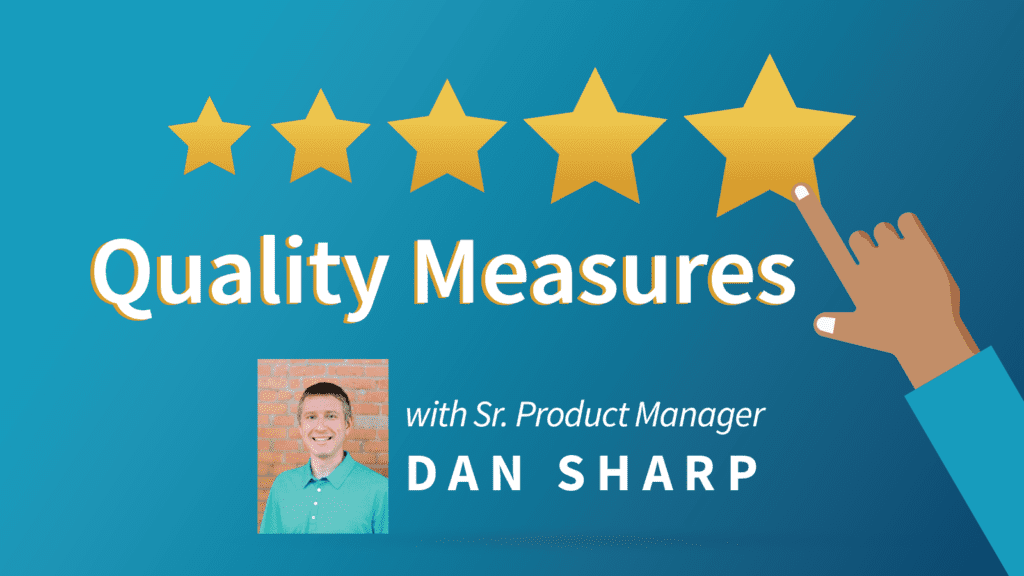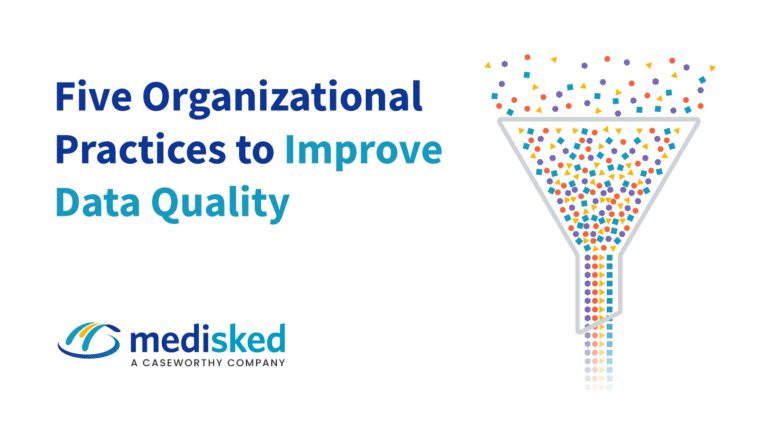Almost every organization sets yearly goals aimed at driving outcomes such as improved care, higher revenue, or branching into a new business area. Each team and team member then sets more specific goals and efforts that will (hopefully) roll up and help attain organizational outcomes. The concept of quality and quality measures in the clinical and HCBS/LTSS space is fundamentally very similar.
Defining Quality
The Centers for Medicare and Medicaid Services (CMS) defines quality measures as “tools that help us measure or quantify healthcare processes, outcomes, patient perceptions, and organizational structure and/or systems that are associated with the ability to provide high-quality health care and/or that relate to one or more quality goals for health care. These goals include: effective, safe, efficient, patient-centered, equitable, and timely care.”[1] The clinical goals behind quality measures apply in equal measure to the world of Home and Community Based Services (HCBS) and Long Term Services and Supports (LTSS) to help us ensure that programs are serving the needs of the individual and providing the best possible outcomes.
There are numerous organizations that define quality measures including CMS, the National Committee on Quality Assurance (NCQA), and state health and human service agencies. These measures include ensuring that members are taking part in preventative care visits, ensuring members are in community settings, and that care plans contain the proper elements to ensure individual needs and goals are met. North Carolina has reporting quality reporting requirements for managed care organizations across six domains: Traumatic Brain Injury Waiver Performance, Innovations (I/DD Waiver), Patient/Provider Satisfaction, Maternal Quality, General Adult measures, and General Pediatric measures. [2] This can lead to members being tracked across dozens of measures. This is not an uncommon situation for organizations across the HCBS/LTSS industry to be in.
How can we collect the relevant data and report on these measures?
The easiest way of capturing data is to focus on measures that leverage information already being captured in the organization’s care coordination solution. Examples of these are:
- measures that track individual Plans (e.g., if a plan has been completed, the time frame for completion, specific goals to address member health risks); and,
- measures that track member assessments (e.g., number and ratio of level of care assessments conducted per year).
These measures can be tracked and updated in almost real-time. Care coordination/care management organizations can strongly influence the outcome of these measures because they are usually responsible for conducting individual assessments and developing member Plans.
Another great way to collect data for measure reporting (especially clinical measures) is to use claims data, since claims information contains a wealth of detail about services rendered and member conditions. Claims data can also pose a challenge, as it may take months to make it from the payer to your software solution, and this is after the initial period between the service being provided and then billed. Or the data in the claims interface requires a special knowledge set and significant IT effort to be parsed for reporting.
Regardless of the type of measure, once you have the underlying data, you can run it through a reporting solution to view progress and trends at the population level. ‘Are 10% of members meeting the measure or 95%? How does this compare with targets set by the organization or the state?’ Looking back at the original analogy, this allows organizations to see how we are doing at the company level. ‘Are we meeting our desired performance level, or do we need to improve?’
How do we improve outcomes based on specific quality measures?
One of the obvious goals of quality measurement and quality management is to improve. To do so, organizations need to take the insights and trends that population-level quality reports provide and translate them to the program and care management teams. One of the best ways to do that is by providing member-level insights into quality performance: ‘What measures are Jane Smith a part of? How are we ensuring she is receiving services in a way the meets those measures?’ With member and caseload-level quality insights, organizations can brainstorm strategies and tools to influence overall quality.
By combining population-level and program/caseload-level insights, organizations can pick a small handful of measures to focus on and make targeted improvement efforts. If a member is behind on an annual wellness visit, a care manager can create a task to work with the member to schedule that appointment. If a group of people have not yet received a flu shot, the organization can build a chase list and a plan to get as many people shots as they can. If assessments are not being completed in a manner that meets quality targets, the organization can implement a staff training program.
With some focused work and reporting insights, individuals and teams can be the driver for quality outcome improvements for your organization.
[1] https://www.cms.gov/Medicare/Quality-Initiatives-Patient-Assessment-Instruments/QualityMeasures
[2] NC Tailored Plan RFA Attachment A








